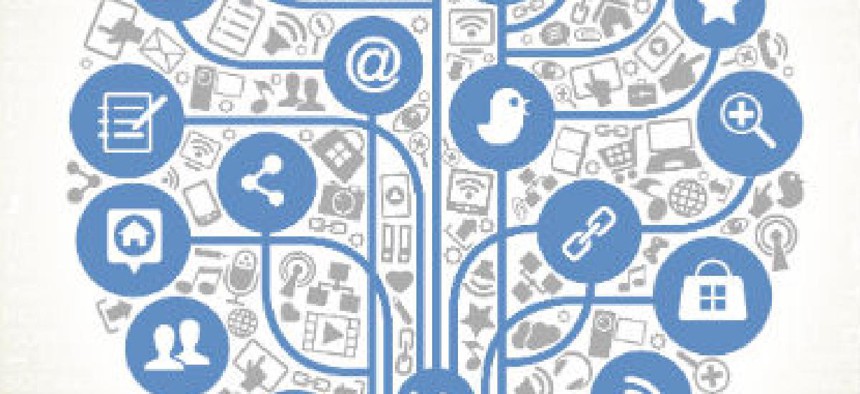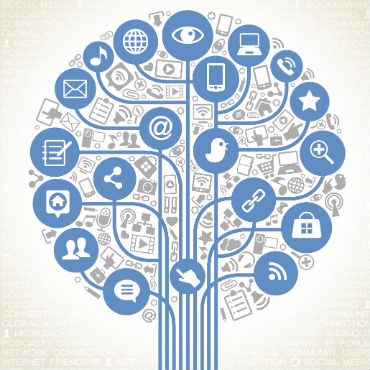How social media is changing government management (again)

Steve Kelman finds inspiration in the role Twitter played during India's recent floods.

I have blogged over the past few months on how innovative uses of social media can change, and indeed are changing, public-sector management. In one of those posts, I noted that not least among the benefits is that so many more civil servants can become innovators, since finding new government uses for social media is more a matter of creativity than of money or complex bureaucratic approval processes.
In the belief that a good way to get the creative juices of frontline public officials flowing is to hear diverse examples of different ways people have themselves been creative, I try to be on the lookout for interesting examples of real people who have thought about ways to use social media for the public good. I came across such an example over the weekend from the floods that last week hit a very poor part of the world, Kashmir in the very north of India.
According to a report in The New York Times, after the floods hit, Twitter received 400,000 messages with the hashtag #KashmirFloods. Amidst lots of miscellany, there were "help-me!" appeals from stranded people. The Indian Army had units working on rescuing victims, but very imperfect information about where to go to find them. At this point, Raheel Khursheed, whom the Times reporter describes as "a former journalist and digital obsessive who serves as the director of news, politics and government at Twitter India," came up with an idea. "We are always organizing data at Twitter," Khursheed (who, it may be noted, is 31 years old) was quoted as saying. "It just seemed to me to be the most obvious thing to do: How is it that we can, as a platform, make it easier for the army do what it needs to do?"
What Khursheed did was develop a smartfeed for the messages with the #KashmirFlood hashtag -- similar to ones Twitter has used in the past for sports, news and other live events -- to organize and cull so that information about stranded people who were tweeting became available in real time. The information was fed into Google's "people finder" app and to the Indian Army. Using the information, the Army saved some 12,000 stranded people (of the 130,000 saved overall).
What lessons do I take out of this? First, the article notes that the Indian government and political establishment had traditionally been wary of social media, as something not under their control. Though perhaps more extreme than the reactions of their U.S. counterparts, the Indians' wariness is hardly unknown here. However, the new Indian Prime Minister, Narenda Modi, regards social media much more positively. He sees it as an important way to communicate with the public, and the article noted that his message has trickled down into the system. (This reminded me of the impact of President Barack Obama's embrace of social media during his first presidential campaign.) The climate for social media innovation starts at the top.
Second, in this example, the specific idea for the use of social media actually came from Twitter itself, not the Indian government or the Army – again, reminding me of some of the work Google has done on early detection of infectious disease patterns. The Indian Army, thankfully, was smart enough not to reject the idea under a "not invented here" mentality.
In the early stages -- and probably in the later stages as well, for that matter -- ideas for intelligent ways to use the new media are going to come from everywhere -- governments, nonprofits and private firms. Sometimes government's blessing won't even be needed. Other times, government will either develop and implement the idea, or implement but not develop, or just cheerlead from the sidelines. The same decentralized nature of these platforms that allows every civil servant to use them to be an innovator also means that government won't, and shouldn't, have a monopoly on generating or even implementing these ways to promote the public good.
In this as in other areas of managing in government, the skills that mark a good public manager will increasingly involve the ability to create public capacity across the boundary between government and those outside the public sector.
NEXT STORY: Watch the VA IG/Congress Battle Tomorrow


